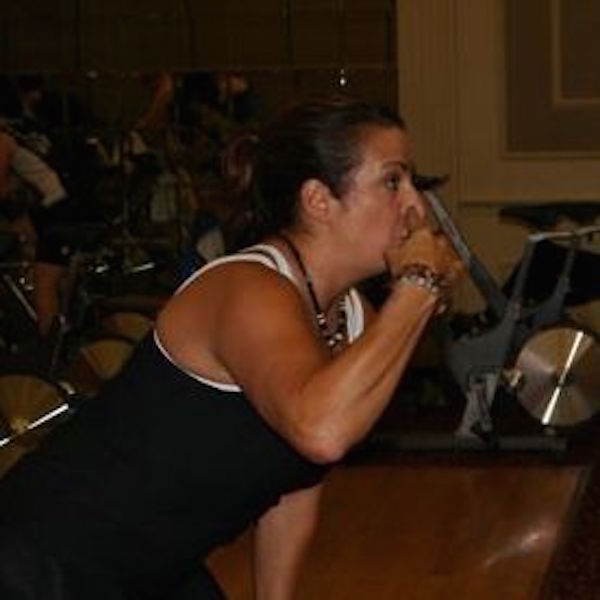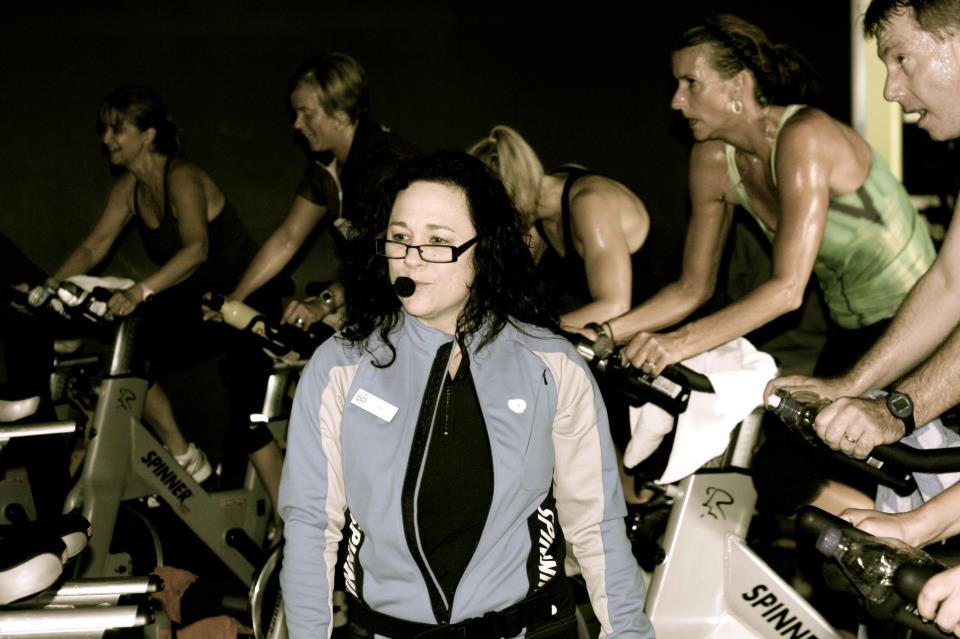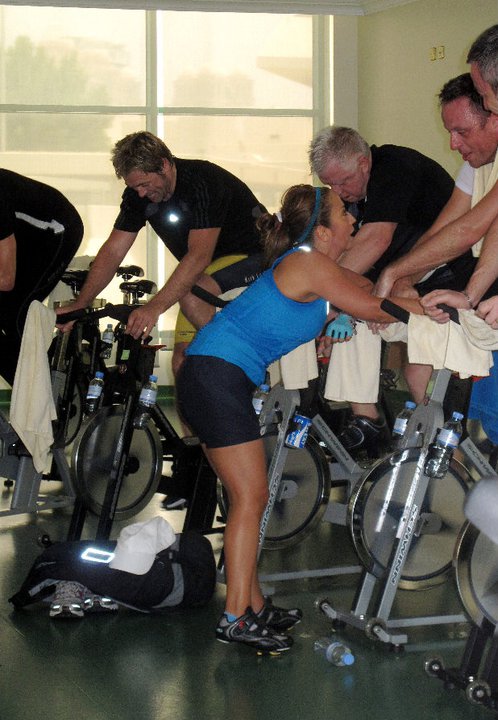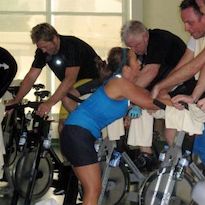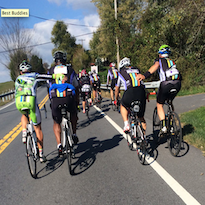TBT: Teaching off the Bike, Part 4: Dismounting Occasionally
Throwback Thursday (updated). Teaching off the bike is a skill. With effective and judicious use, you can empower your students beyond what you could do from the saddle. But you can also overdo it and alienate your students. Dismounting occasionally is different from teaching an entire class off the bike. Here are specific steps to elevate your coaching from the floor.Read more…

